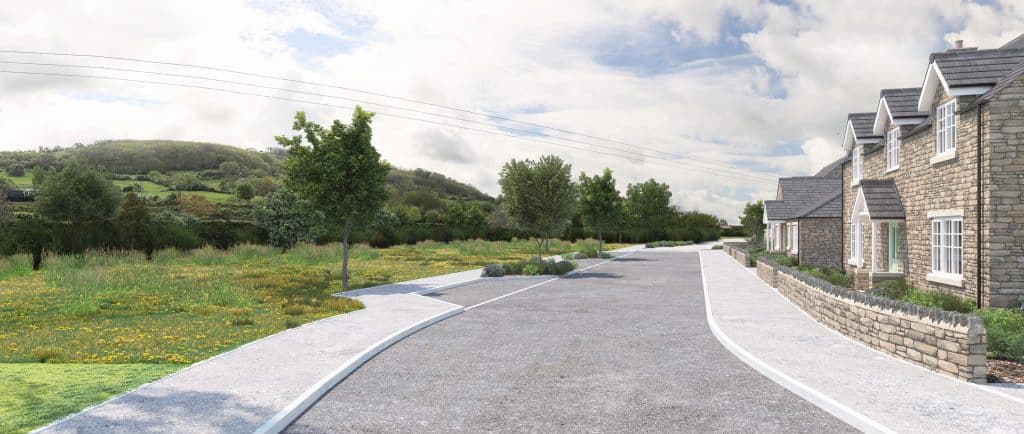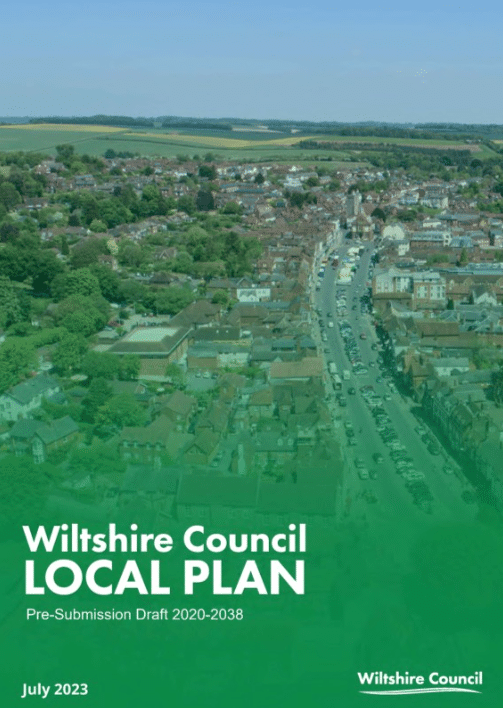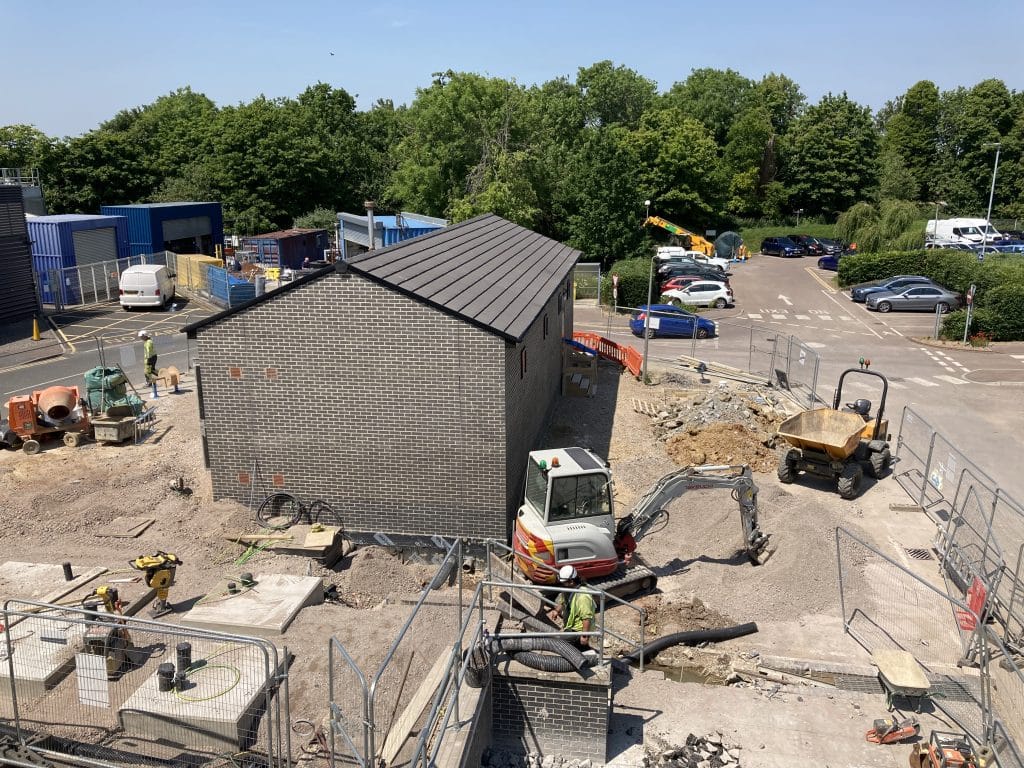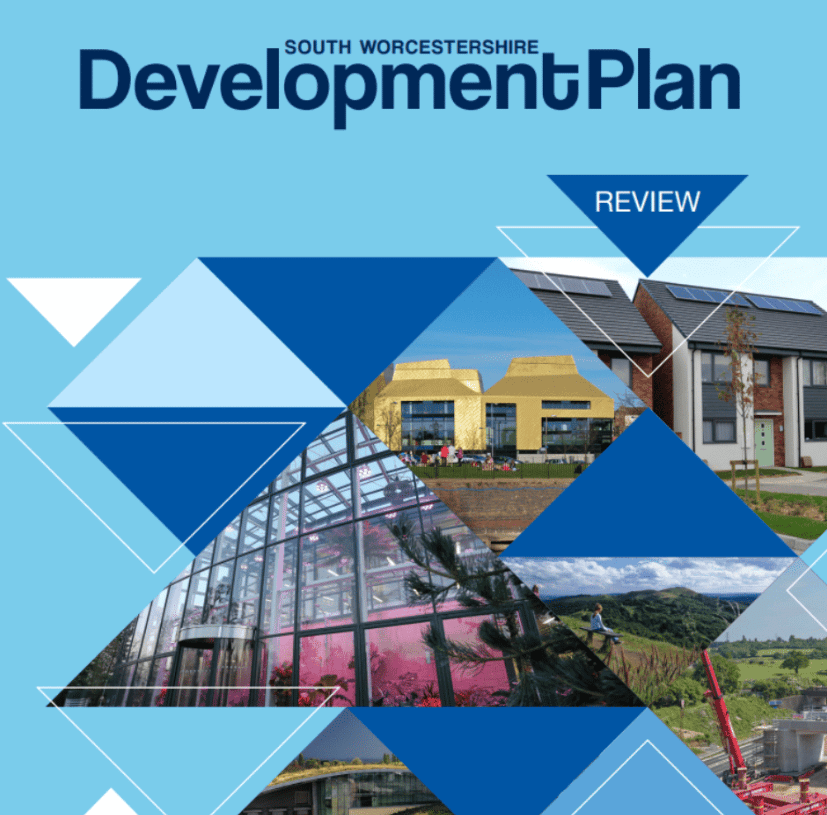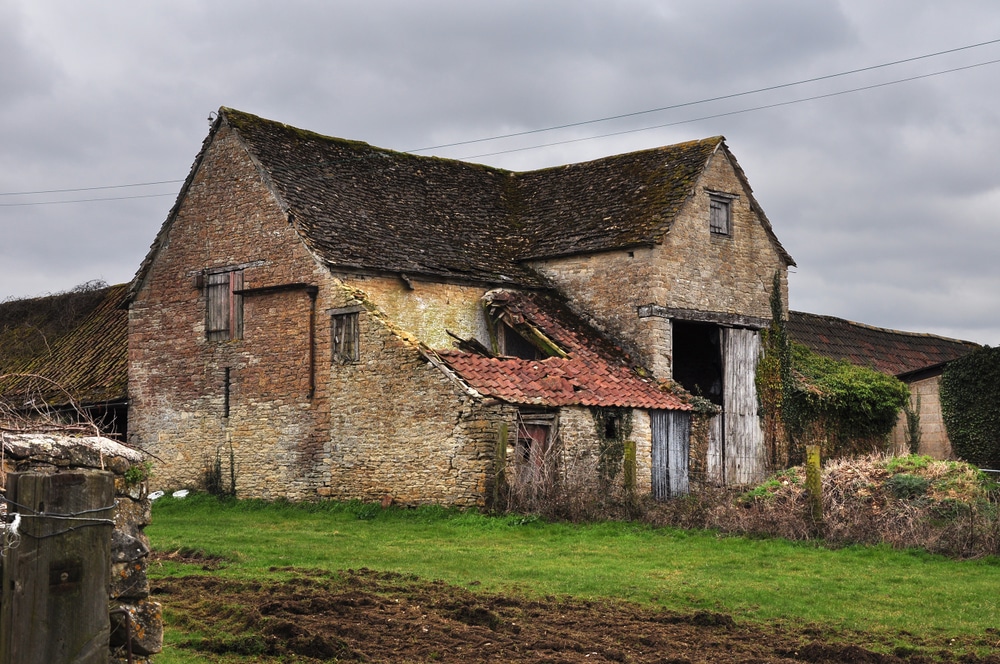Planning applications submitted on and after 6th December 2023 will be subjected to an increase in fees as follows:
- 35% increase in planning application fees for major applications. (Major applications are more than 10 units or sites of more than one hectare)
- 25% increase for other applications (this includes prior approval applications, householder and minor applications)
- No more “free-go” for repeat applications. Unless the application was refused or withdrawn in the 12 months before 6/12/23 and if all the other conditions of free-go are met.
- No ringfencing of planning fees. Fees will not be safeguarded to stay within the planning department, they become general income.
It is also of note that fees are now set to rise annually with inflation from 1 April 2025 (measured by the Consumer Price Index from the prior September), but will be capped at 10%.
The planning guarantee is “the government’s policy that no application should spend more than a year with decision-makers, including any appeal”. This means that in practice planning applications should be decided within 26 weeks, this is to be reduced to 16 weeks for non-major applications, unless there are exceptional circumstances.
The Department for Levelling Up. Housing and Communities hopes that by increasing fees, there will be more resources to improve the capability for a quality and timely planning service. However, the Government has back-tracked on a plan to allow planning departments to use the increased revenue for themselves, this feels like an opportunity missed.
Consider a planning application for 15 homes for a detailed scheme which currently costs £6,930 (£462 per dwelling x 15) this will increase to £9,355.50 or a £200 homeowner application fee, which will rise to £250 (not including the planning portal fees). These are not insignificant increases.
The Planning Portal has explained how the Fee increase will be implemented which is critically important for those paying by BACS or Cheque.
The Portal guidance states:
“Where payment is being made by bank transfer or cheque – Using these methods takes longer for payment to reach us, be processed, and complete. Therefore, when using these methods (either directly or via nomination), you should ensure that the payment is received by us in time:”
The payment needs to be processed before the 6th December deadline, therefore critically the following timeframes should be allowed for:
“Bank transfer – Please allow at least 5 full working days – Make the payment no later than 28 November 2023
Cheque – Please allow at least 10 full working days – Send the cheque using first-class post no later than 21 November 2023”
Our advice is if you have an application that could or should be ready to submit before the 6th of December (especially a major one!), let’s work together to get it in, otherwise there is a need to keep wary of the quick passing of time and get applications submitted before the next increase in April 2025.

